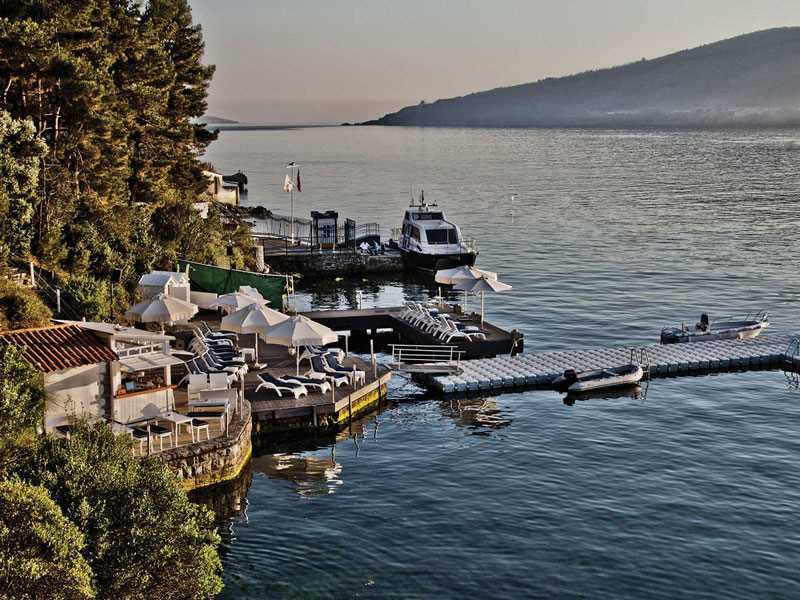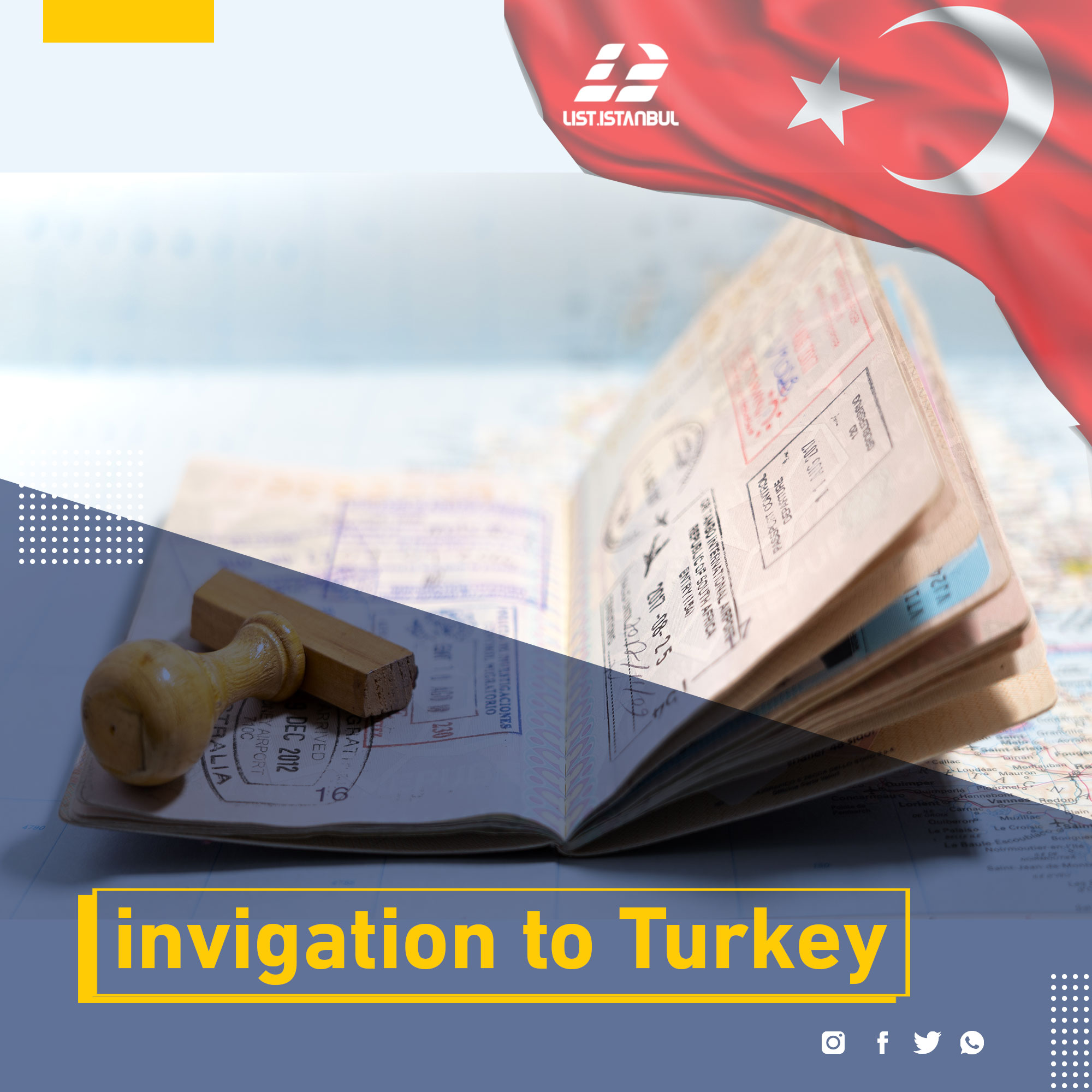Al Sadaf Island is one of the most important princes, with an area of 0.157 km 2, located to the east of the large island.
It is called Seashell Island because it takes the shape of seashells or oysters when viewed from afar. It is also named after several names, the island of the rabbit Tavşan Ada because it contains a lot of rabbits, and therefore does not distinguish them from the island of rabbits very much. It is also called Terebinthis, which indicates the presence of a large number of turpentine in it long ago.
History of Seashell Island
In the past, the island was rich in species of trees, plants and roses. It was said that this may be why it was called the Pearl Island. Today, due to erosion, the island lost much of its vegetation and the visibility of the rocks was easy on the island. Like other islands of Istanbul, Pearl Island is also the home of the monastery and has seen many exiles. The first monastery built on the island during the reign of the Patriarch Leonidas, and the denial of the Patriarch Icantios is one of the most famous incidents of exile in the island. Eccanatius was appointed Patriarchary in 857 by Empress Theodora after she took office. After the Empress was removed from the throne, Eccentius was removed from office and tortured and imprisoned in exile at the monastery. Although Patriarch Ecanatius returned to office after the emperor changed, this incident remained a disgrace to the monastery.
In 1850, the Pearl Island was acquired by artillery advisor Damat Fathi Pasha. During the Pasha era, the island witnessed great care, where olive trees were planted and vegetables were planted. After the death of the Pasha, the island was greatly neglected. During the First World War, the trees were cut off from the island. After conquering Istanbul by the Allied forces, the occupants laid the Yawoz ship on the island, leaving the island deserted and being visited only by seagulls and waves.
With the beginning of the republican era, the ownership of the island and inheritance was transferred to the wife of the poet Hussain Sirte, and after her death to her son Shahsawar ibn al-Mannaji and his daughter Rihan bint Shahzwar, in 1956 this family, which had the right to dispose of the island, About 60-70 villas in a regular residential area, and on the other hand began shipping to the island in 1958, which led to the island's congestion during the holidays and summer.








